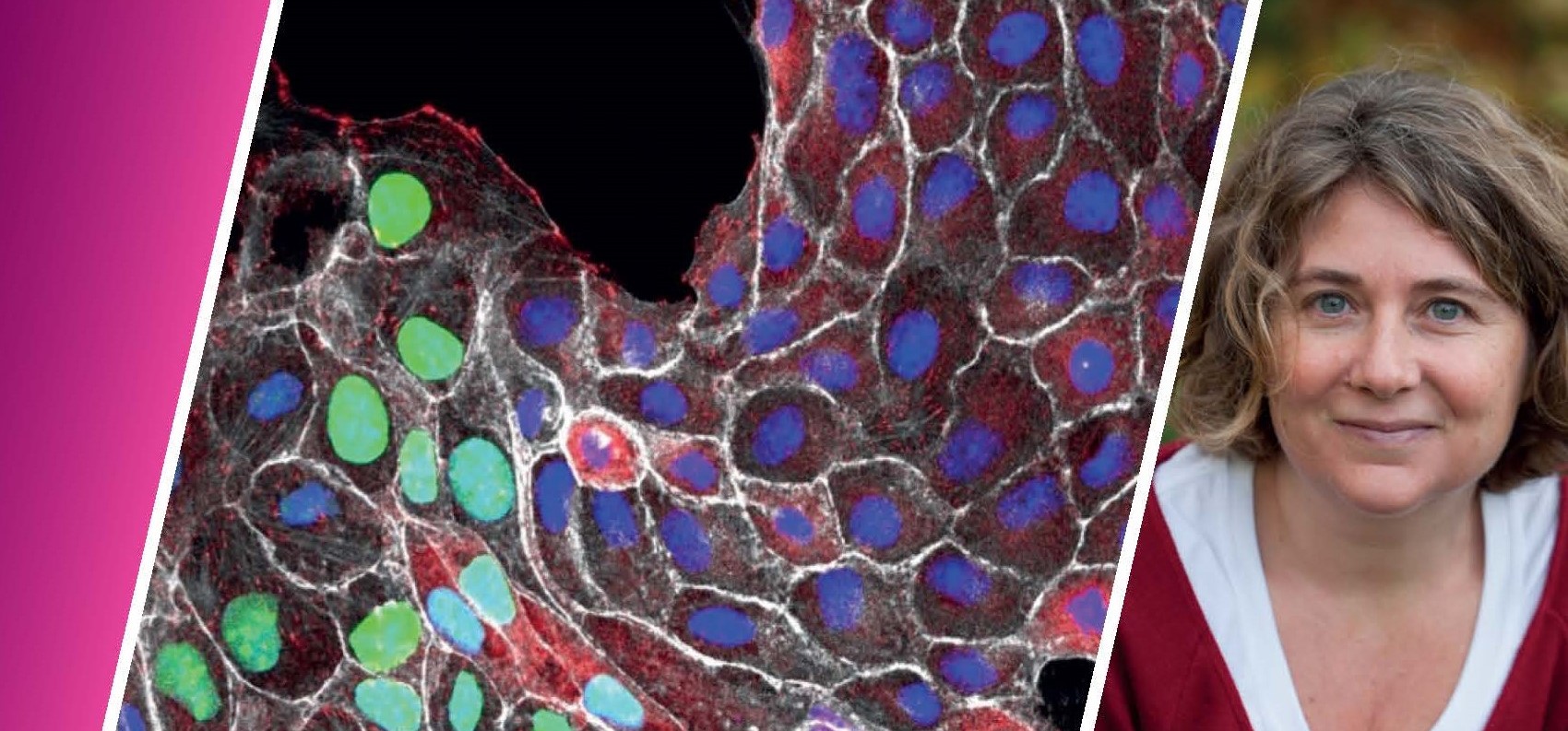Harnessing the power of healthy tissue to contain tumour growth
It is becoming increasingly clear that the communication between tumour cells and surrounding healthy cells plays an important role in tumour growth. Recent efforts in cancer research aim at better understanding the nature and impact of this bidirectional communication to identify novel anticancer strategies.
Eugenia Piddini, Professorial Research Fellow in Cell Biology, uses mammalian cell culture models and Drosophila intestinal tumours to model the early stages of tumorigenesis and to investigate how communication between tumours and healthy cells impacts on tumour growth. Using the Drosophila fruit fly, a very powerful genetic model organism to study tumorigenesis, the Piddini group have shown that tumour cells kill surrounding normal host cells, a phenomenon known as “tumour host cell competition”. Her team has further shown that this process fuels tumour growth, as it allows tumour cells to clear space that they can expand into. Indeed, the Piddini group have been able to contain growth of these intestinal tumours by protecting healthy cells from cell competition and from being killed by the tumour.
The Piddini group continues to investigate the competition between tumour and host cells to identify the molecular mechanisms that allow tumour cells and healthy cells to compete. Their aim is to identify molecular interventions that by modulating cell competition help to contain tumour growth. This could help in the design of a new class of anticancer treatments that exploit and bolster the ability of healthy cells surrounding the tumour to contain tumour growth. This would be a complementary strategy to traditional anti-cancer therapies that focus instead on killing tumour cells directly.
https://piddinilab.wordpress.com/
Publications:
- Kozyrska K et al. (2022). p53 directs leader cell behaviour, migration and clearance during epithelial repair. Science.
- Baumgartner ME et al. (2021). Proteotoxic stress is a driver of the loser status and cell competition. Nature Cell Biology.
- Vishwakarma M and Piddini E (2020). Outcompeting cancer. Nature Reviews Cancer.

Right: Prof Eugenia Piddini. Left: Drosophila intestine containing early stage tumours (in green) imaged by confocal microscopy, a method which helps increase optical resolution.